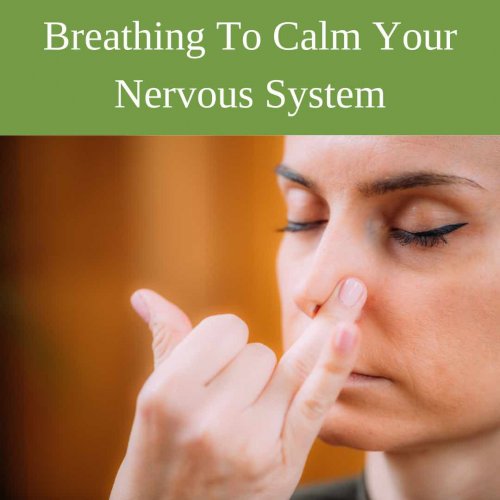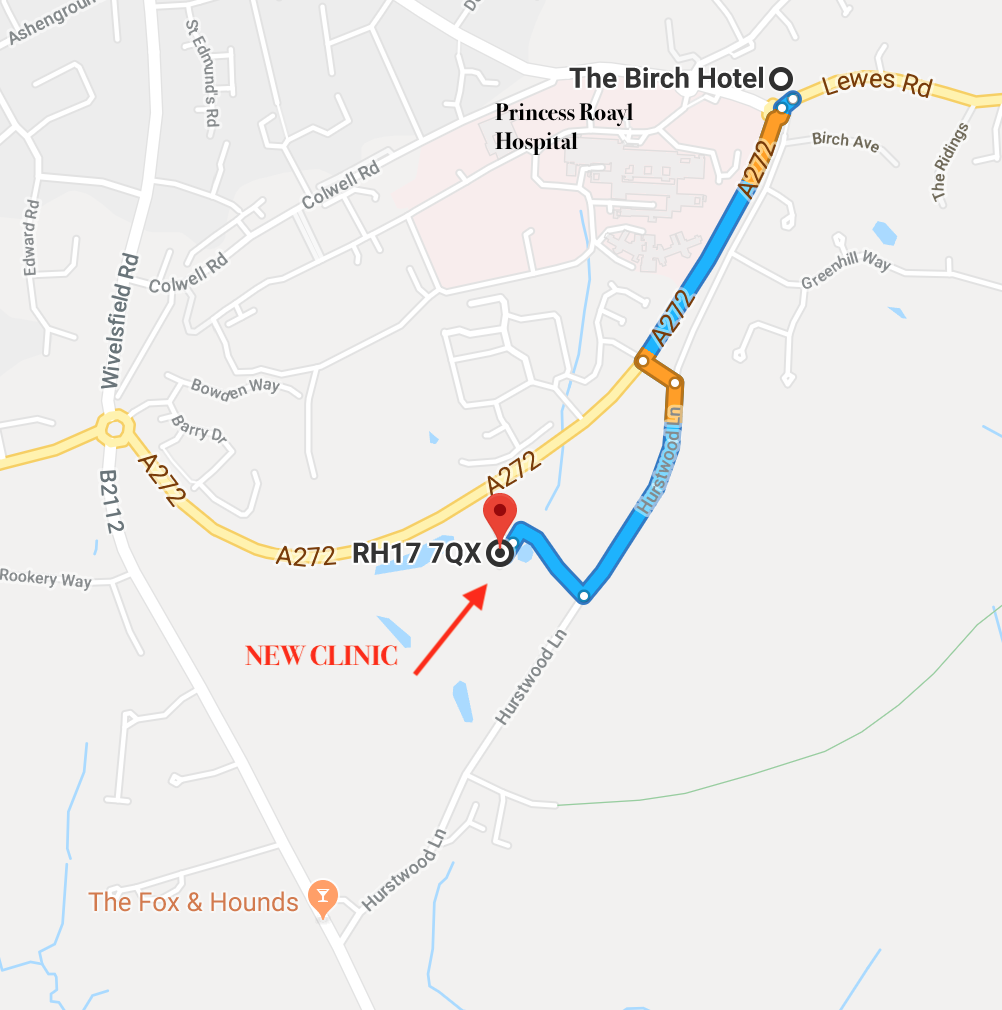One of the most common imbalances I see revealed on my Avatar bioresonance scan is an imbalance in either the adrenal / thyroid system or the sympathetic / parasympathetic nervous system. Both show an indicator of stress, one in the hormone system and the other n the nervous system.
The Avatar scan is a way of measuring the energetic health of your internal organs via the acupuncture system. For example, is the liver over or under active? Or in the instance above the two parts of the nervous system and hormonal system both of which work in balance with each other. For example, an under active thyroid gland often shows an over active adrenal system. From a holistic, natural approach we would support the adrenal system as this is closer to the CAUSE rather than symptom.
If you would like to learn more about the Avatar scan click here. Or email me any questions at christian@theperrymount.com
The see-saw imbalance in the stress nervous system and the relaxing nervous system is a very common presentation to see in today’s generally stressful and busy lifestyle. The correct names for these nervous system sides are the sympathetic nervous system or “fight or flight” side and the parasympathetic nervous system or “rest and digest” side.
If someone shows either a high or low reading on the fight or flight side I am often using specific supplements that can balance this whether it is high or low. The herbs used in these are called adaptogens, examples are ashwaganda and some mushrooms, like reishi.
On the other side of the nervous system we have the parasympathetic side or “rest and digest” side. The reason it is called this and being relaxed helps digestion. AS you probably know stress does the opposite and can trigger acid reflux as an example.
A very effective way of energising or exercising the parasympathetic nervous system is through breath work. The rest of this Blog explains the benefits of deep breathing to active this “rest and digest”, which in turn will help calm the stress side of the nervous system.
The Power of Deep Breathing: Activating the Parasympathetic Nervous System
In the fast-paced world we live in, stress has become a common companion for many. However, the ancient practice of deep breathing offers a simple yet profound way to counteract stress's effects. This blog delves into the science behind deep breathing, focusing on its ability to activate the parasympathetic nervous system (PSNS), and contrasts its benefits with the sympathetic nervous system (SNS).
Understanding the Autonomic Nervous System
The autonomic nervous system (ANS) regulates involuntary body functions, such as heart rate, digestion, and respiratory rate. It comprises two main components: the sympathetic nervous system (SNS) and the parasympathetic nervous system (PSNS).
The Sympathetic Nervous System (SNS)
The SNS is often described as the "fight or flight" system. It prepares the body to respond to perceived threats by increasing heart rate, blood pressure, and releasing stress hormones like adrenaline. While essential for survival, chronic activation of the SNS due to modern-day stressors can lead to health issues, including anxiety, hypertension, and heart disease.
The Parasympathetic Nervous System (PSNS)
Conversely, the PSNS is known as the "rest and digest" system. It promotes relaxation, digestion, and recovery by decreasing heart rate, dilating blood vessels, and stimulating digestive processes. Activating the PSNS can counterbalance the SNS's effects, promoting physical and mental well-being.
The Role of Deep Breathing
Deep breathing is a powerful tool to activate the PSNS. When we breathe deeply, it sends a signal to the brain to calm down and relax. The brain then forwards this message to the body, leading to a decrease in heart rate, lower blood pressure, and a sense of calm.
Scientific Evidence
Several studies have demonstrated the effectiveness of deep breathing in activating the PSNS and enhancing physiological and psychological well-being. Let's explore some of these studies and their findings.
Study 1: The Impact of Deep Breathing on Heart Rate Variability
Heart rate variability (HRV) is a measure of the variation in time between each heartbeat and is a widely recognised indicator of the ANS's activity, particularly the balance between the SNS and PSNS.
- Summary: A study found that participants who engaged in deep breathing exercises showed a significant increase in HRV, indicating enhanced PSNS activity. This shift was associated with reduced stress levels and improved emotional regulation.
Study 2: Deep Breathing and Its Effects on Blood Pressure
High blood pressure is a risk factor for heart disease and stroke, with chronic stress and SNS overactivity being contributing factors.
- Summary: Research has shown that regular deep breathing exercises can lead to sustained reductions in blood pressure. This effect is attributed to the activation of the PSNS, which helps to relax and widen blood vessels, reducing blood pressure.
Study 3: Psychological Benefits of Deep Breathing
The benefits of deep breathing extend beyond physiological effects to include psychological well-being.
- Summary: A study investigating the impact of deep breathing on anxiety and mental stress found that participants who practiced deep breathing daily reported significant decreases in anxiety levels and improved mood. These benefits are linked to the PSNS's ability to induce a state of calm and relaxation.
The Benefits of Activating the PSNS Over the SNS
While both the SNS and PSNS are essential for our survival, modern lifestyles often lead to an imbalance, with excessive SNS activation and insufficient PSNS activity. By consciously practicing deep breathing, we can restore balance to the ANS, leading to numerous benefits:
Reduced Stress and Anxiety
Deep breathing helps to decrease the production of stress hormones, reducing feelings of anxiety and stress.
Improved Heart Health
Activating the PSNS through deep breathing can lower blood pressure and reduce the risk of cardiovascular diseases.
Enhanced Digestion
The PSNS supports digestive processes, and by activating it, deep breathing can improve gastrointestinal function.
Better Sleep
Deep breathing promotes relaxation, making it easier to fall asleep and improving the quality of sleep.
Conclusion
Deep breathing is a simple yet powerful practice that can activate the parasympathetic nervous system, offering a natural and effective way to counteract the stress and fast pace of modern life. By incorporating deep breathing exercises into our daily routines, we can harness the benefits of the PSNS, leading to improved physical, emotional, and mental well-being. As we continue to explore and understand the mechanisms behind deep breathing, it becomes clear that this ancient practice holds the key to unlocking a healthier, more balanced life.
To further understand the impact of deep breathing on the PSNS and its advantages over the SNS, it's crucial to delve into the latest research and studies. Let's explore the scientific evidence that underscores the power of deep breathing as a tool for enhancing our health and well-being.
Breathe Easy: 3 Techniques to Activate Your Parasympathetic Nervous System
Welcome to this month's edition of our wellness newsletter, where we explore simple, effective strategies to enhance your health and well-being from the comfort of your home. Today, we're diving into the art of breathing—not just any breathing, but techniques specifically designed to activate your Parasympathetic Nervous System (PSNS), the part of your body responsible for the "rest and digest" state. These practices can help counteract stress, improve relaxation, and promote overall health. Let's explore three easy techniques you can start today.
1. Box Breathing
What is it?
Box Breathing, also known as Square Breathing, is a powerful stress reliever that can help clear the mind, relax the body, and improve focus. It's called "box" breathing due to the equal length of each step, forming the sides of a square.
How to do it
1. Inhale slowly and deeply through your nose to a slow count of four. Feel your lungs fill with air.
2. Hold your breath for another count of four.
3. Exhale through your mouth for a count of four, expelling all the air from your lungs.
4. Hold your breath again for a count of four before inhaling again.
Repeat this cycle for four minutes, or until you feel a profound sense of calm enveloping you.
2. Diaphragmatic Breathing
What is it?
Diaphragmatic breathing, or belly breathing, engages the diaphragm, allowing for a deeper, more efficient breath. This technique maximizes oxygen intake and encourages the PSNS to promote relaxation.
How to do it:
1. Sit comfortably or lie flat on your back. Place one hand on your belly and the other on your chest.
2. Inhale slowly through your nose, ensuring your belly rises more than your chest. The hand on your belly should move more than the one on your chest.
3. Exhale slowly through pursed lips, engaging your abdominal muscles to push all the air out. The hand on your belly should move in as you exhale, using gentle pressure to help expel air.
4. Repeat for several minutes, focusing on the rise and fall of your belly.
3. 4-7-8 Breathing
What is it?
The 4-7-8 Breathing Technique is a simple yet powerful practice that helps reduce anxiety, improve sleep, and manage stress responses. It's particularly effective in preparing for sleep or calming down in stressful situations.
How to do it:
1. Exhale completely through your mouth, making a whoosh sound.
2. Close your mouth and inhale** quietly through your nose to a mental count of four.
3. Hold your breath for a count of seven.
4. Exhale completely through your mouth, making a whoosh sound to a count of eight.
5. Repeat the cycle three more times for a total of four breaths.
Tips for Success:
- Consistency is key Practice your chosen technique at least once a day.
- Find a quiet space where you can relax without interruptions.
- Be patient with yourself. Like any skill, effective breathing techniques improve with practice.
By incorporating these breathing techniques into your daily routine, you can activate your PSNS, leading to a calmer, more centered state of being. Whether you're looking to reduce stress, improve your sleep, or simply find a moment of peace in a hectic day, these practices offer a simple, yet profoundly effective, solution. Happy breathing!



